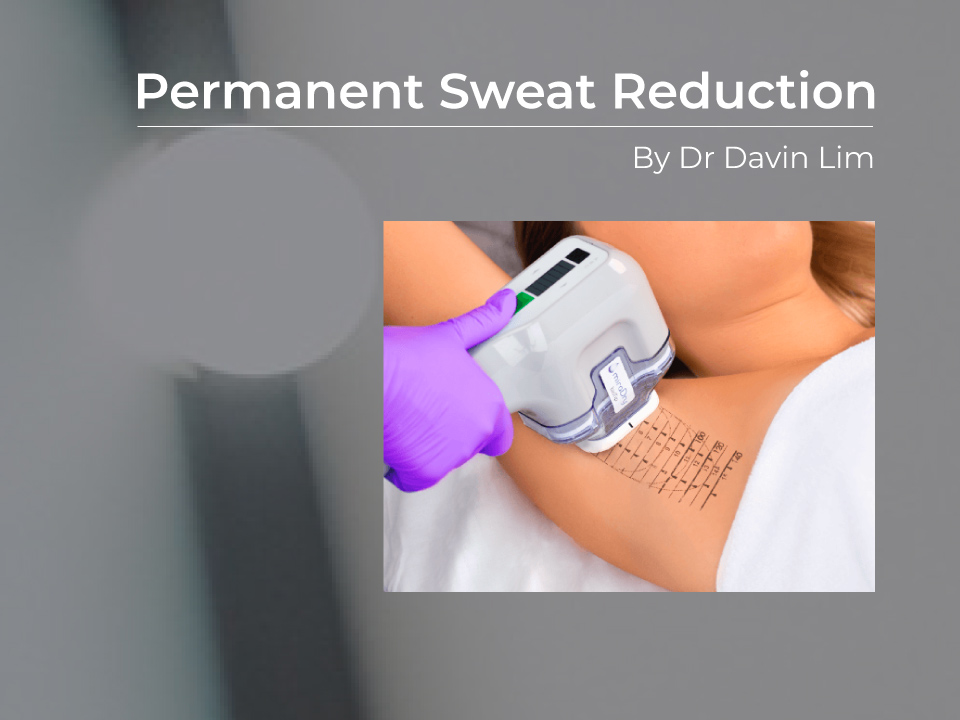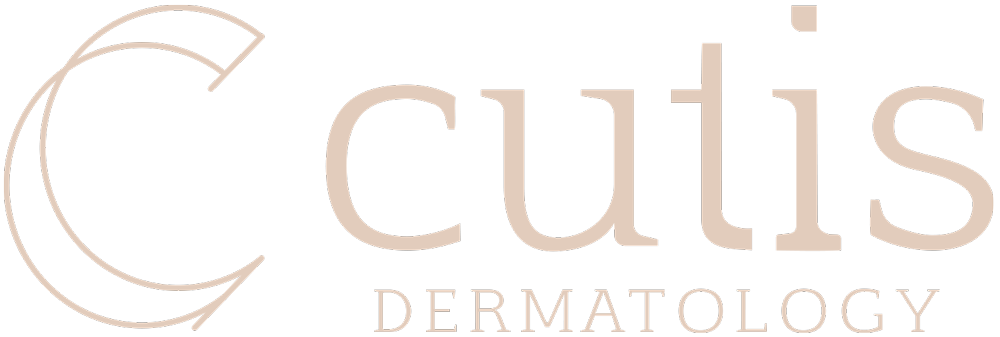Antiperspirants remain the first line treatment for excessive sweating or hyperhidrosis treatments. Antiperspirants are the least invasive and most inexpensive method of treating mild excessive sweating of the underarms. Under Medicare law, you must try antiperspirants prior to getting injections to stop excessive sweating.
Key Points
- Antiperspirants work by blocking the sweat duct, decreasing sweat output
- Ingredients such as aluminium chloride work best
- High concentrations can also result in skin irritation
- Correct application of antiperspirants will result in less skin rashes
- Antiperspirants work best for mild excessive sweating
Antiperspirants for underarm sweating at a glance
FAQs
How do they work?
Antiperspirants are applied to areas of excessive sweating. Sweat in the area grabs the particles of agents in the antiperspirant solution thru a mechanism known as ‘osmosis’.
The particles are pulled into the pores and forms a superficial plug at the level of the sweat gland entrance. This in turn stops the production and flow of sweat. The plug is not permanent, and antiperspirants will need to be applied every 1-3 days, as the plug is degraded over time. Reapplication can be individualised.
What chemicals do they contain?
The most effective antiperspirants contain a chemical known as aluminium chloride. The name is NMS or No More Sweat, & it comes in a 20% solution.
Are aluminium antiperspirants safe?
The controversy is with the use of aluminium and anti-sweating lotions and antiperspirants.
Aluminium is commonly encountered in everyday life, from foils, food containers, drink cans and even food! The amount of exposure you receive from an antiperspirant compared to your diet is less than 3%!
There are talk that aluminium can be related to Alzheimer’s disease, however experts and research bodies have dispelled this theory. The safety of aluminium salts has been confirmed by the United States FDA.
Patients with normal sweating patterns will respond to commercial over the counter antiperspirants, these include Rexona, Lynx, and other brands. For sensitive skin we recommend the QV range of antiperspirants. For significant sweating, we recommend patients to use No More Sweat. This is the strongest antiperspirant available in Australia, and it is available thru all major pharmacies. No prescription is needed for NMS. Correct application is needed to reduce skin irritation.
Why aluminium antiperspirants over others?
Because if they do not work you are entitled to injections to stop sweating that is Medicare subsidised.
Medicare law dictates that you must at least attempt aluminium chloride in a concentration of 20%. Hey, we don’t test, nor do we ask for a receipt of purchase, but it is up to your honesty to inform us if you have tried it or not. We are just following what is written in the Medicare guidelines.
Products

O Cosmedics cleansing range
$63.00-$64.00

O Biotics 3D Hyaluronic Serum
From $97.00
Antiperspirants that contain aluminum chloride are most effective as they can improve mild cases of excessive underarm sweating. These should be trialed prior to sweat-free injections.
How to use aluminium chloride antiperspirants?
Dry the area before application, we suggest using a hair drying on cool setting. This can reduce skin irritation. Initially use every other night, preferably after a shower.
Use a small amount only, allow to dry on your skin before putting on night clothes. Wash off in the morning and continue to use your normal deodorant. If you have some skin irritation, buy some 1% Hydrocortisone cream to help settle the skin rash. Increase your application of No More Sweat accordingly. It often takes a week or two to notice an improvement.
Once sweat production is reduced, you can apply it two to three times a week, or even less!
What happens if a rash develops?
Don’t worry too much as most patients with moderate to severe sweating will develop a rash from antiperspirants. This is because the skin has irritation from the sweat combined with the chemicals from antiperspirants.
Tricks to reduce the rash from antiperspirants include, use less product, use less frequently, use on dry skin (after using a hair dryer), use at night, combine treatments such as sweat stopping treatments, or iontophoresis with antiperspirant use. In some cases, we may prescribe a mild anti-inflammatory cream after antiperspirant use.
What are other treatments for excessive underarm sweating?
Don’t be disheartened if your sweating does not improve with antiperspirants. Remember they work best for very mild cases of hyperhidrosis, and most patients who sweat excessively will develop a rash if high concentrations are used.
Other treatments for excessive underarm sweating include –
- Injections of botulinum toxin
- ETS surgery
- Liposuction of the eccrine glands
- Tablets
- Iontophoresis


